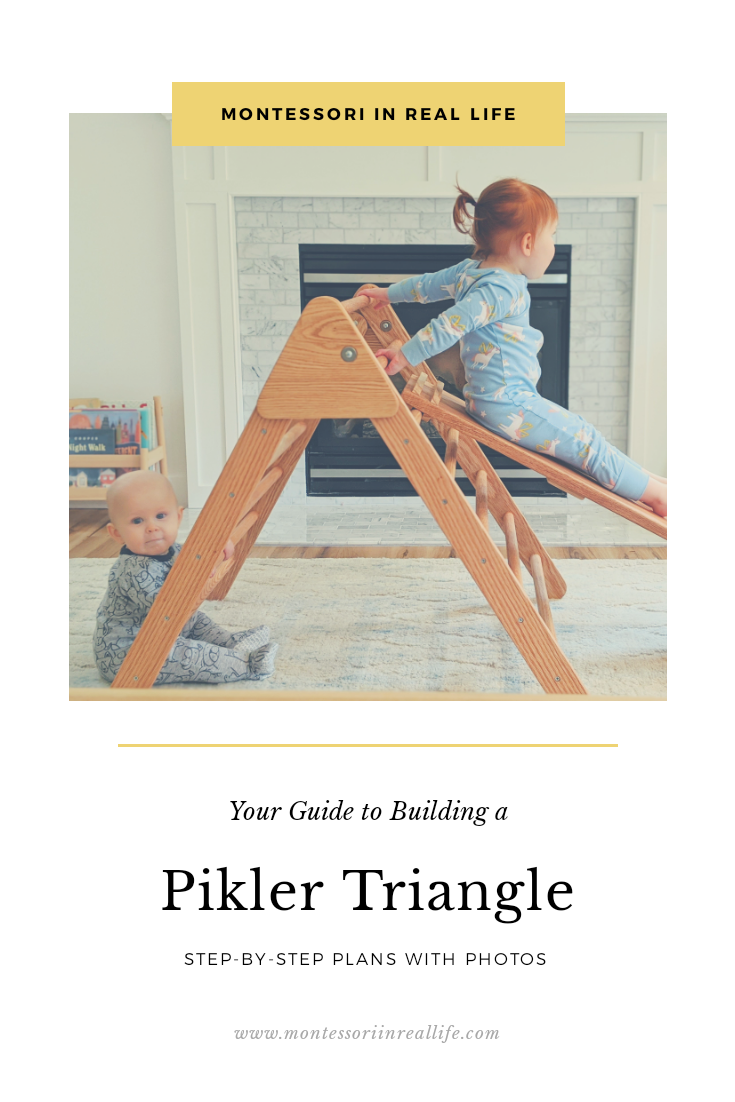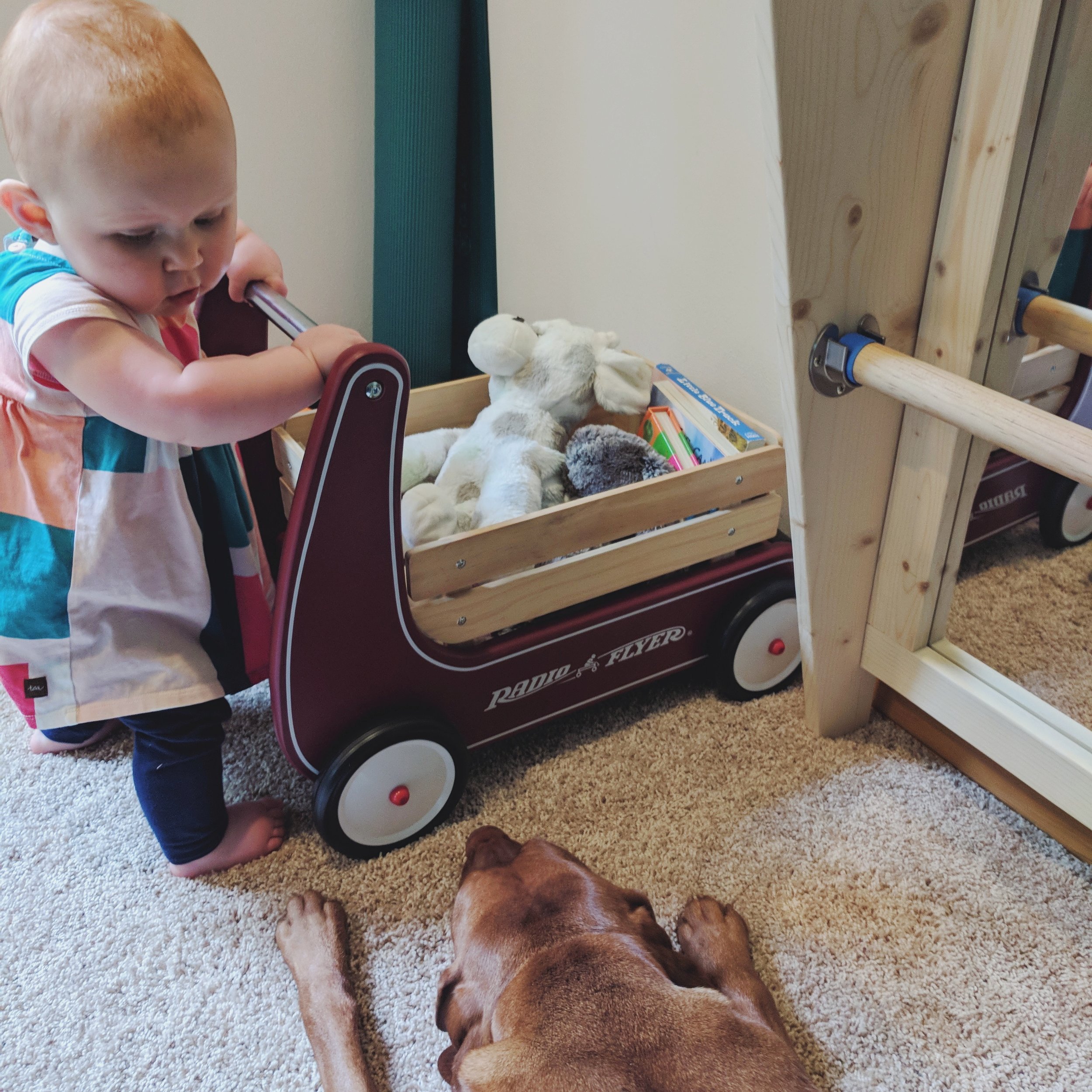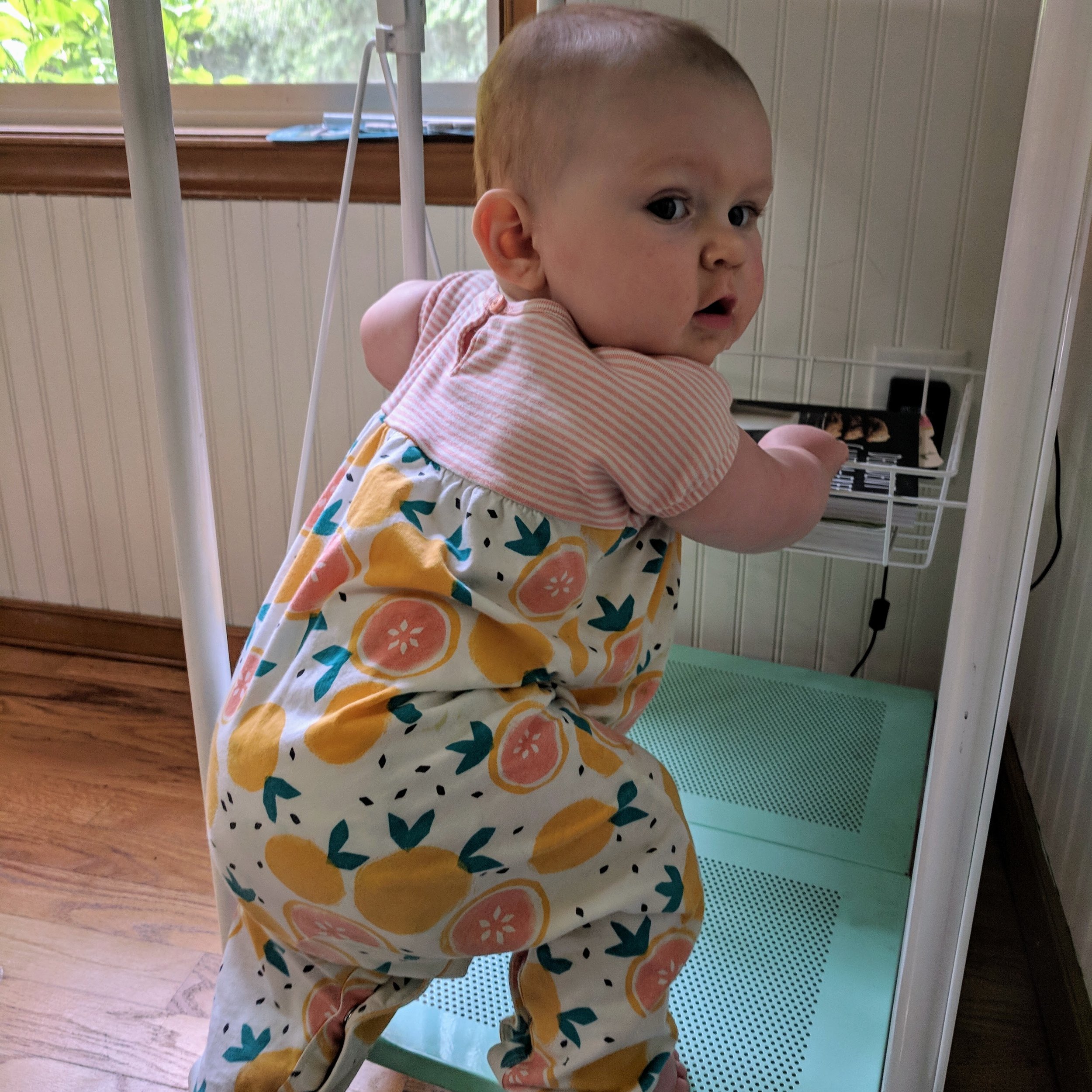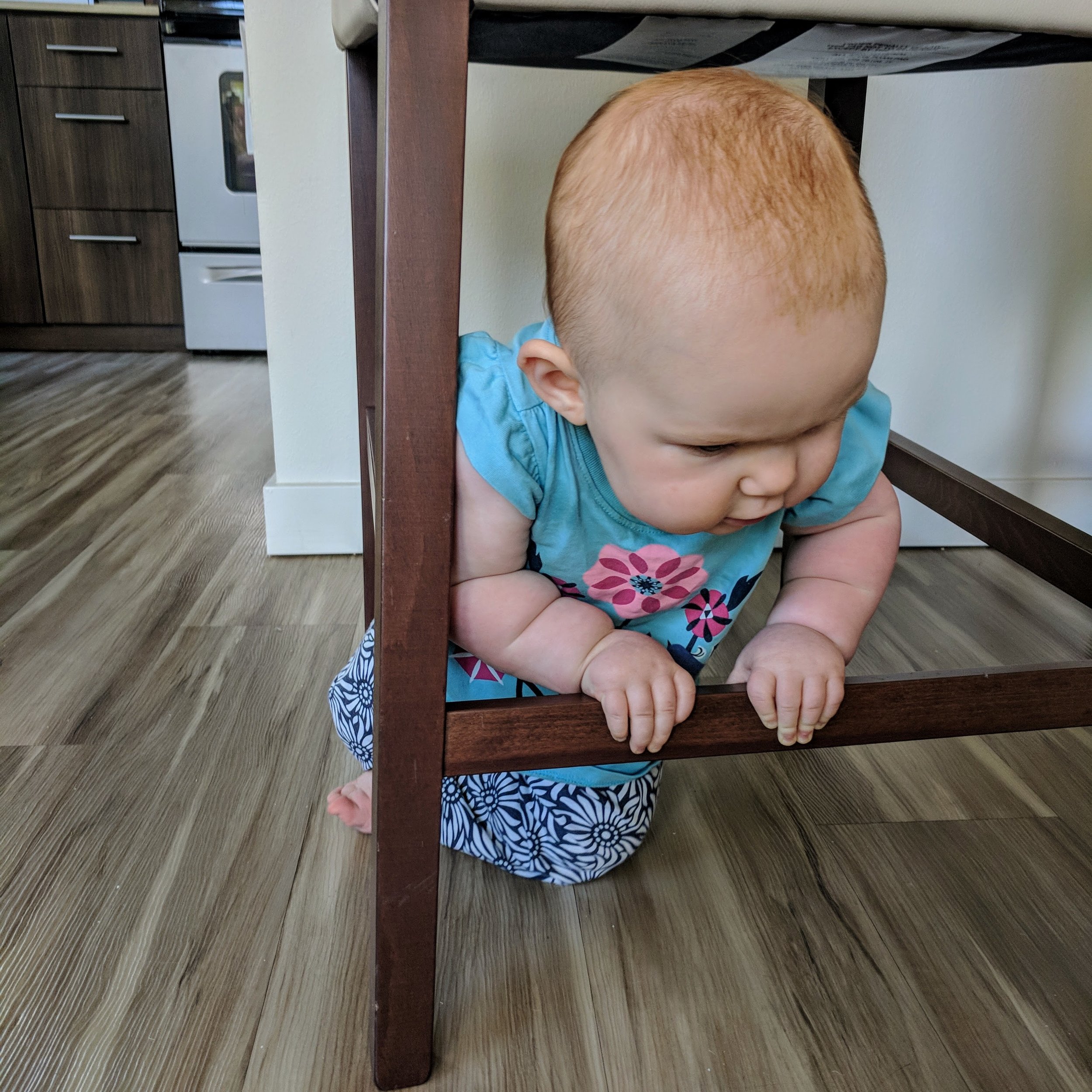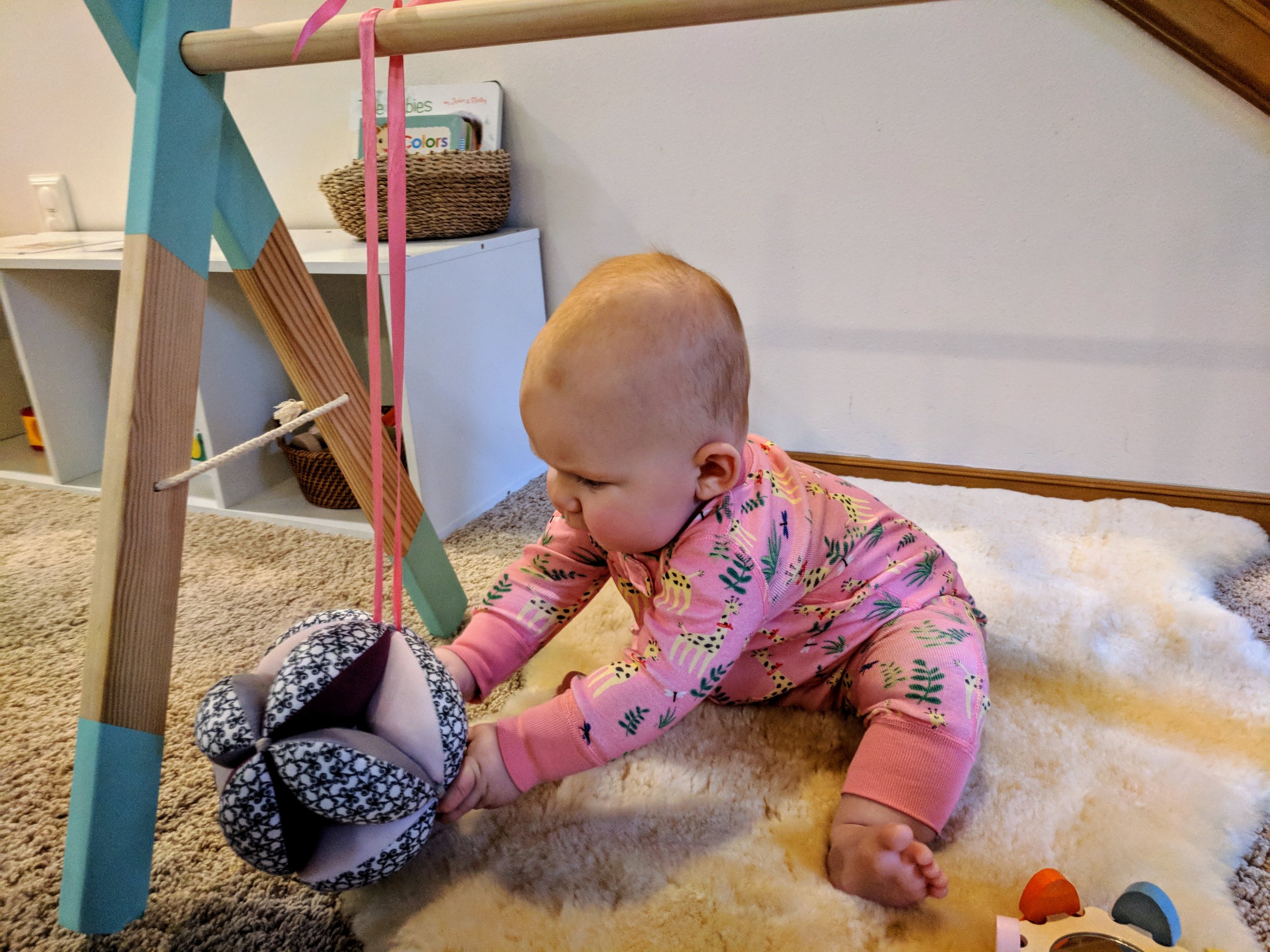How to Build a Pikler Triangle
Montessori in Real Life
This post goes out to my husband! He has spent countless hours learning how to woodwork and building shelves, kitchen helpers, floor beds, and Pikler triangles for our family and others. Now he has so kindly spent many more hours putting together these step-by-step, incredibly detailed plans for those who are brave enough to build one too. Now that he’s built one for D, and one for a school auction, he’s learned a lot along the way, and shares all his tips and tricks in these plans. We hope you find these useful!
The Pikler Triangle may look like a simple climbing frame, but it is so much more. It allows for natural gross motor development, freedom of movement, and learning one’s own boundaries. Older babies can pull themselves up on it, toddlers can gradually find their way over the top and slide down, and children as old as 5 or 6 can use it to climb, build forts, and for other imaginative play. Though some toddlers as young as 12 months are climbing up this Pikler, D didn’t go over the top until 21 months. Even before that, she enjoyed climbing it up to her limit, climbing up and down the ramp, and using it as a tunnel. These days (at 32 months), she climbs and slides on repeat, and in new, creative and challenging ways. It is always a hit when friends come over to play, and she even has her dolls and animals sliding with her. We’ve also used Sarah’s Silks to make forts, and included it in our indoor obstacle courses on rainy days. The possibilities are endless!
The Pikler pictured above is made of Oak, but the one we have in our home is made of Pine (less expensive). Both work great! The Pikler is completely foldable, making it easy to store away when not in use. The ramp is also optional, but is a really fun addition if your little one likes to slide! You can even add hand-holds on the other side for a “rock-climbing” experience. There are so many ways to customize this beautiful climber.
DISCLAIMER: This is the DIY approach Montessori in Real Life’s husband took to building a Pikler Triangle. He made it up as he went along. The plans below are the product of building two Piklers and learning along the way. These are not intended to be perfect and are not in any way tested for structural integrity or safety standards. Proceed at your own risk: (1) because we can’t be held liable for the resulting work product and (2) because building one of these takes more time than it seems like it should. There is very little magic in these plans. Modify as needed. Have fun, and happy climbing!
